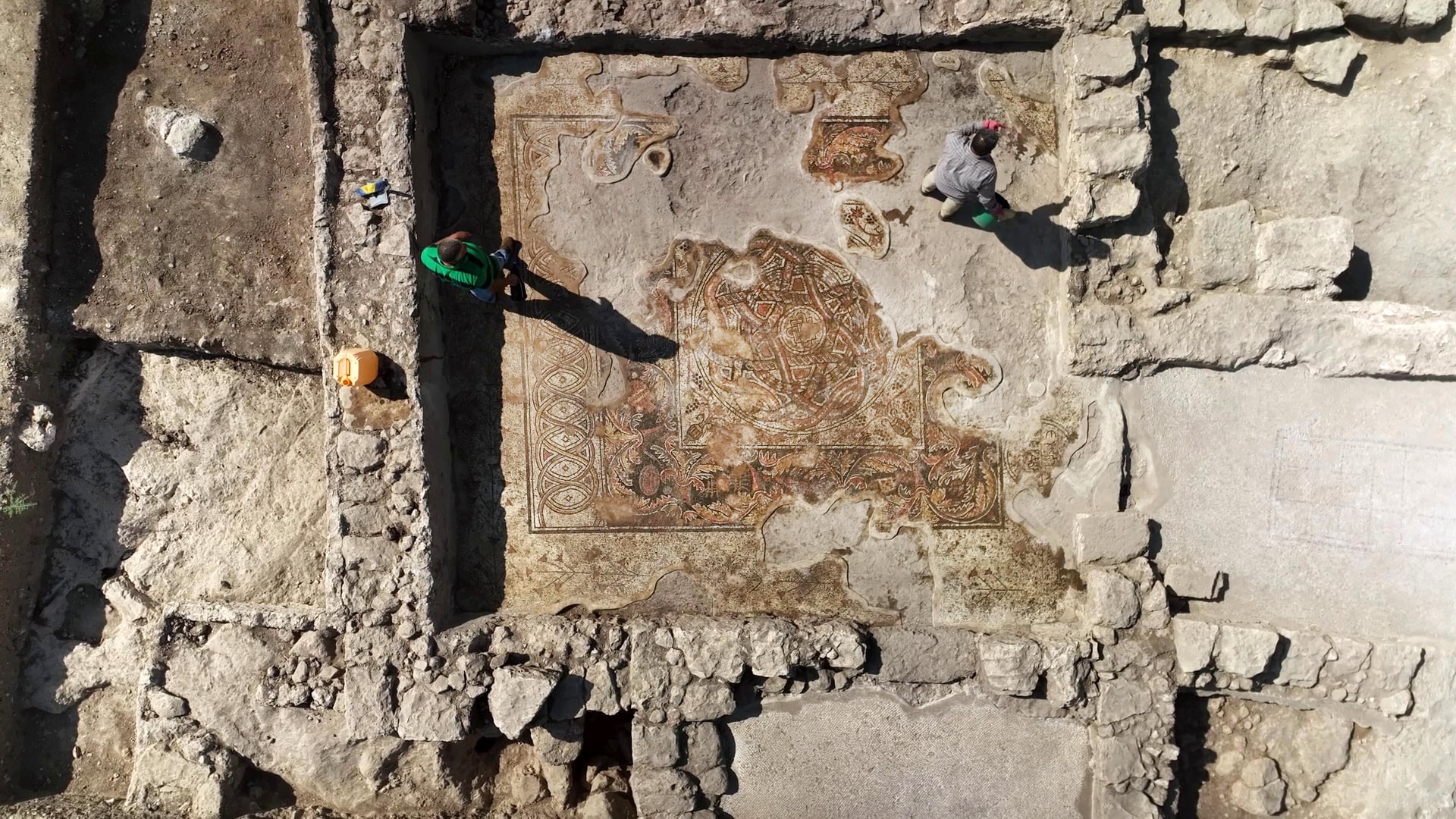
"Archaeologists have uncovered a vast agricultural estate dating back about 1,600 years in the town of Kafr Qasim, a Palestinian community near the border between Israel and the West Bank. The excavation, carried out by the Israel Antiquities Authority (IAA), revealed the remains of a Samaritan settlement that thrived between the late Roman and Byzantine periods. The site offers a glimpse into a community that flourished for around four centuries."
"One of the estate's standout features is a richly decorated mosaic floor with intricate geometric and vegetal patterns. Its central medallion is surrounded by acanthus leaves and rare depictions of fruits and vegetables, including grapes, dates, watermelons, artichokes, and asparagus. At the entrance, archaeologists found a partially preserved Greek inscription that reads "Good Luck!"-a dedication to the building's owner, whose name was common among Samaritan communities."
The Kafr Qasim site preserves a large Samaritan agricultural estate dated to about 1,600 years ago and occupied from the late Roman into the Byzantine periods. Excavations exposed substantial buildings, elaborate mosaic floors with geometric and vegetal motifs, and a central medallion depicting acanthus leaves and assorted fruits and vegetables. A partially preserved Greek inscription reading "Good Luck!" dedicates a building to its owner. The northern sector contained an organized olive press with two wings, auxiliary rooms, a spacious warehouse, and a public miqveh. The proximity of oil production to the miqveh indicates attention to producing olive oil in ritual purity.
Read at Medievalists.net
Unable to calculate read time
Collection
[
|
...
]